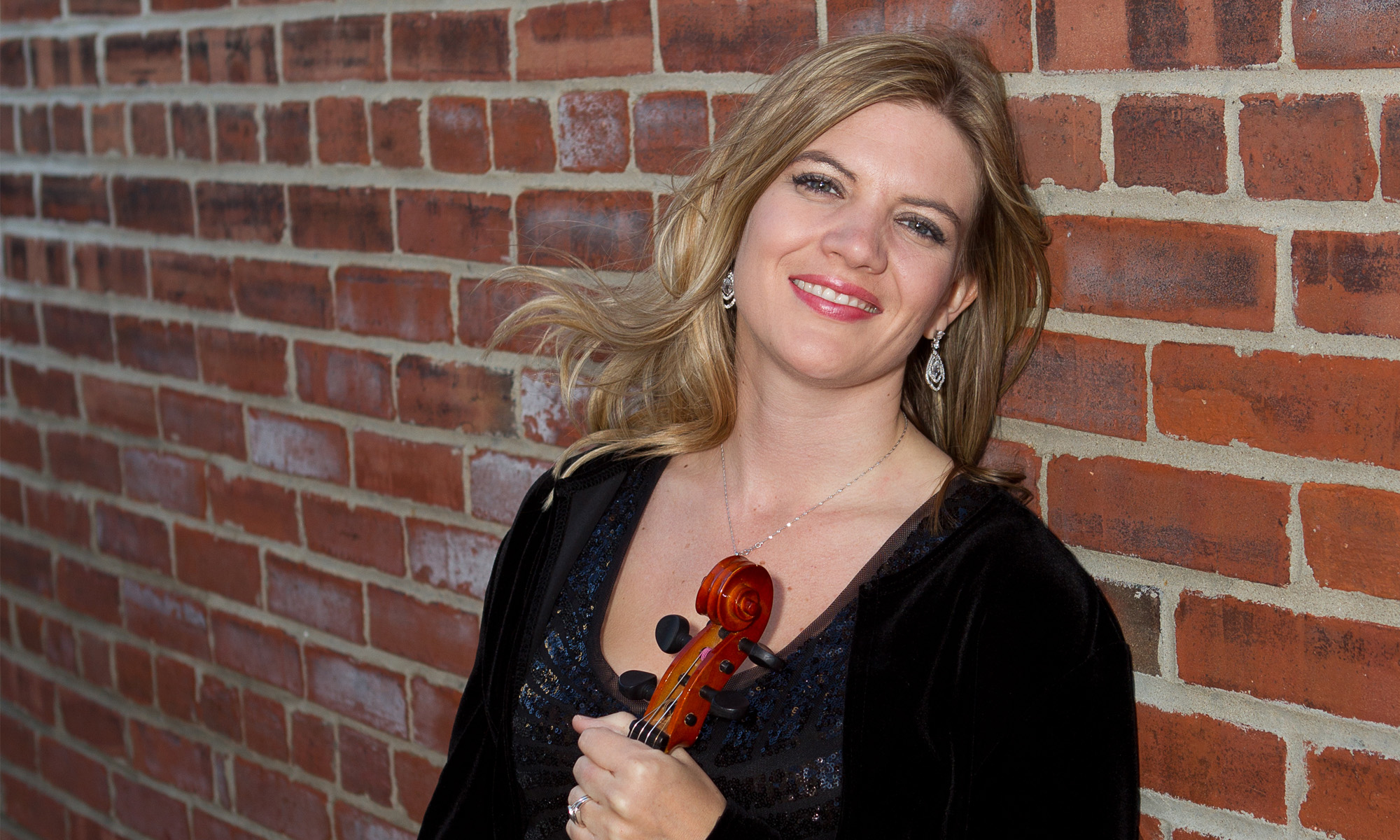Whether you’re a veteran music teacher or just starting your studio, it’s important to consider the nuts and bolts of your business. These are the “who, what, where, when, how” questions about your studio. Those of us who’ve been in the business for awhile know several of the traps people can fall into in a small business, so it’s best to address these issues before they even start. Click Here for a FREE copy of my studio policies.
Click Here to access Part 1.

Where: Location
Do you want to teach at home? Rent a studio space? Teach online? Outside? As I mentioned before, my studio is more of a “Do-Life-Together Studio,” so I prefer to teach out of my home. I like to have my own resources on hand, and I enjoy the “homey” vibe.
However, because quarantine rendered online lessons a necessity, I’ve grown more used to them. Although I don’t want to teach to teach solely online, I include it as a viable option when either my student or myself feel under-the-weather.
During the summer of Covid, I opened up my back porch for students who prefered to learn in person. This was a fun change of pace and also prepared my students for outdoor gigs. They’ve learned how to manage plexiglass, bugs, and heat! The investment in a battery-powered fan has definitely been worthwhile.
I realize that many teachers prefer to rent a studio space, which is an excellent option if you want to separate your home and work. This also allows you to keep your workspace more free of clutter. If your living space is not conducive to clients (i.e. too small, inconvenient location, messy, etc.) this would be an excellent option. However, you will need to factor in the cost of a rental space into your price.
Home or elsewhere, it’s important to consider security concerns for you and your prospective students. Don’t invite people to your personal space without first checking to see if it’s safe. Consider scheduling a first meeting in a public space for both your comfort and that of your prospective student. Do your research.
When: Scheduling students
This might be one of the most complicated parts of running a studio. I’d recommend scheduling students in bunches so that your entire day isn’t interrupted by lessons. However, you also want to keep your stamina in mind when determining how many lessons to schedule back-to-back. For some teachers this may be five lessons, whereas others may be able to handle ten. If you’re a full-time parent in addition to your role as a music teacher, your limit may only be three. Also, the length of lessons may affect how many you can teach in one sitting.

You also may want to determine if you want a few minutes in between each lesson, or if you want to schedule students exactly on the hour or half-hour. Personally, I like to have a few minutes between each lesson in order to chat with the parents, grab a snack, etc. As a result, I schedule half-hour lessons every 45 minutes. However, this means I have fewer total hours available, which results in fewer paying students. This preference can definitely vary from teacher to teacher.
Another essential area to consider is makeup lessons. There will inevitably be lessons that either you or your student will miss, and you need to have a plan for how you will handle them. A few options I have explored:
- Students pay for a total number of lessons per semester. Build in an extra week or two for missed lessons. If they miss more lessons, they simply forfeit that money. This provides the most financial security for the teacher, but is also the most money for the student to pay up front. However, many student families like this option because they only have to remember to pay 2-3 times per year.
- Students pay monthly. If they miss a lesson, you work with them to reschedule the lesson. If they miss the makeup, they forfeit the lesson. This is a good compromise for both student and teacher.
- Students pay weekly. They only pay for the number of lessons they take. This option is usually popular with the students/parents, but does not provide financial security for the teacher.
It’s important that students understand they have signed up for a specific time. If they’re scheduled to come for a lesson at 4:30 on Tuesday and ask to come 4:30 on Thursday, it is likely that a different student is already scheduled for that time, which makes rescheduling very difficult for teachers, especially if they operate large studios.

How Much: Pricing
I do not claim to be an expert on this topic by any means. For a more in-depth analysis of this side of the business, I again recommend Andrea Miller’s Music Studio Startup blog/podcast. However, here are a few pointers I’ve learned over my years of teaching.
- Don’t price yourself too low. It’s tempting to be the lowest price in town. You’ll attract the most students, right? Maybe. But you’ll sell yourself short in terms of rate per hour. Musicians are busy people, and you need to value your time. You also want to develop good relationships with your “competition,” or “colleagues” as I prefer to call them. Many times I’ve needed to send students on to them because my studio is full and vice versa. We’ve collaborated together on recitals and gigs, so it is important that I form healthy relationships with them.
- On the flip side, don’t price yourself too high, especially when you first start. Don’t assume the prices which work for New York will apply to your hometown. If you haven’t yet developed a reputation in your city, don’t want to charge higher prices than the veteran teachers who are already established.
- Compare your price with your colleagues. You want to charge a similar amount in order to maintain the value of your field and validate its worth in your community.
- Take your training into account. You should be able to charge more for lessons if you have a Master’s Degree in music than if you just played in high school, although ultimately the market should determine your price.


Comments are closed.